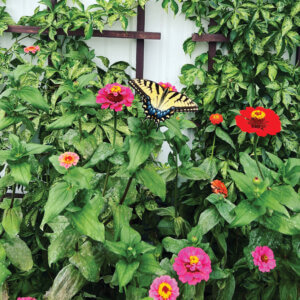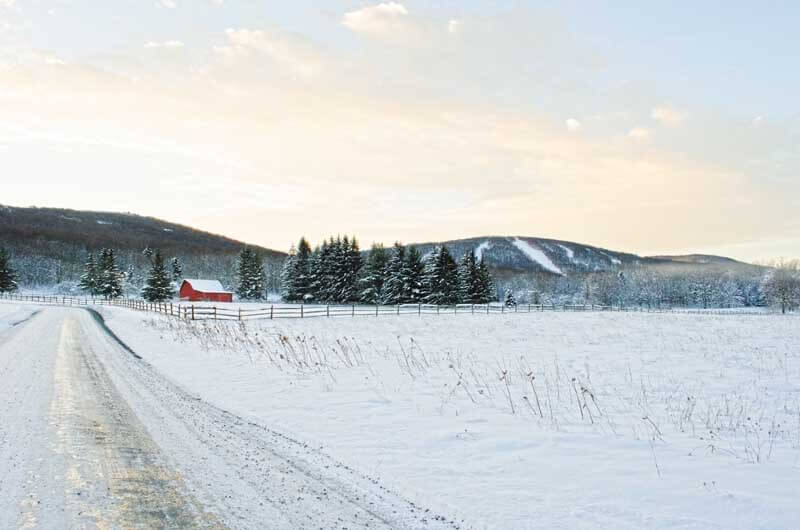
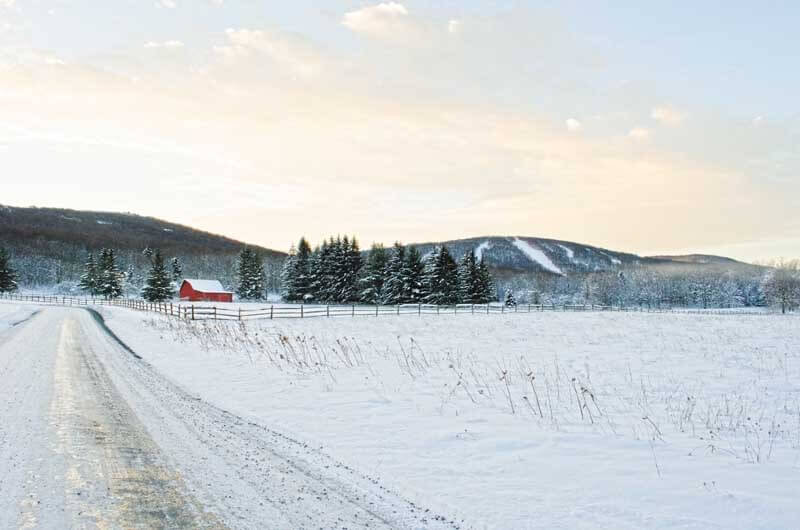
This community and resort are an oasis in the West Virginia wilderness.
There are a few different versions of the story of how the Canaan Valley got its name, but the bones of each one are the same. Sometime in the 1740s, a man was fur trapping in the Allegheny Mountains when he stumbled onto a magnificent valley— the air was cool and moist, the soil rich, and the foliage thick. The land’s beauty reminded him of the promised land mentioned in the Bible, the so-called “land of milk and honey.” At first sight of the valley he cried out, “Behold the land of Canaan.”
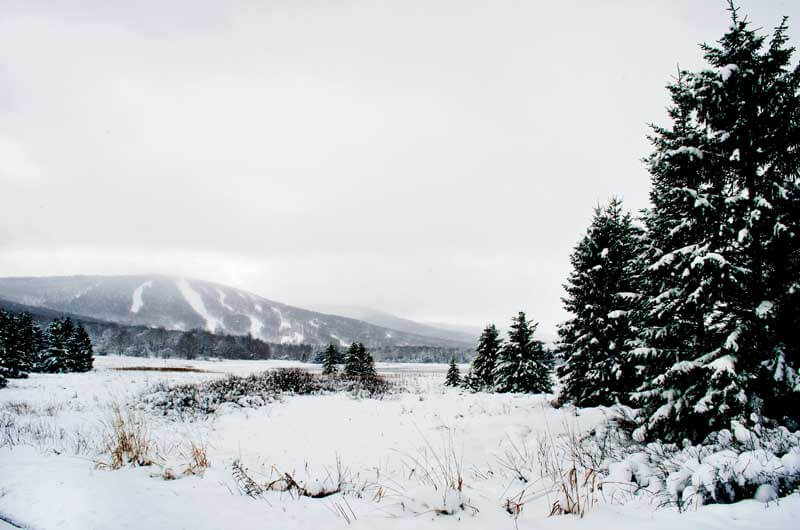
A lot has changed in the Canaan Valley since that first bold pronouncement, but it’s not hard to see what that trapper found so appealing in this bowl-shaped valley in the Allegheny Mountains. “It’s just beautiful—it makes you feel good,” says Stephen Schimpff, who owns a vacation home at Timberline and has researched the history of the area. “It’s wonderful. Just think of all the stuff that’s available there.” Today the valley is home to Blackwater Falls State Park, Canaan Valley Resort State Park, and the Canaan Valley Wildlife Refuge. It is bordered by Dolly Sods Wilderness in the east, and right in the middle of it all is Timberline, a gem of a resort that caters to lovers of the outdoors and is open for all seasons. When people talk about Timberline they’re often using it as a blanket term to describe what are two things: Timberline Four Seasons Resort and the Timberline residential and vacation community—often called “Old Timberline” by locals. Today the two Timberlines operate independently, but they’re nestled into the mountains together, side by side. And they have a shared history. “I’d say the two feed off one another,” says Marilyn Shoenfeld, president of the Timberline Association, the homeowners’ association at Old Timberline.
Old Timberline
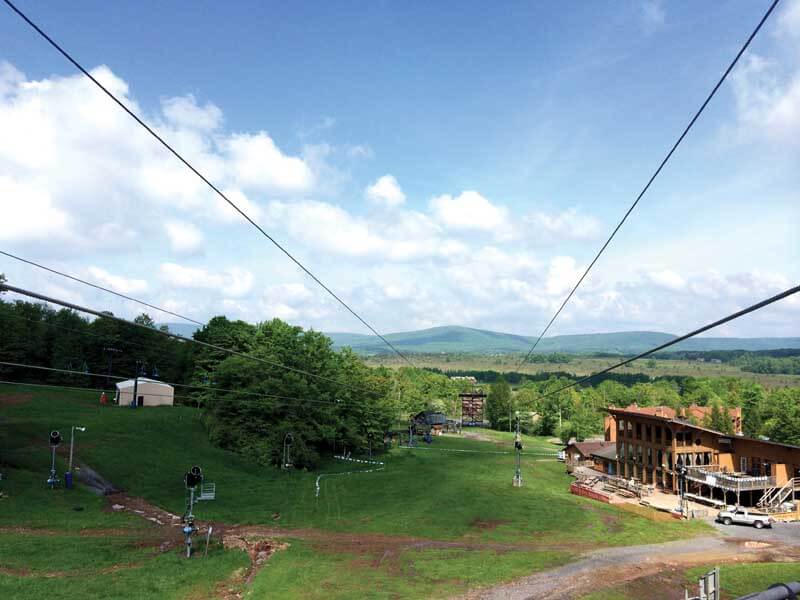
There’s been skiing in the Canaan Valley since the 1950s, when the Ski Club of Washington, D.C., leased some land there and installed a rope tow to pull skiers back up the mountain. Before long the state saw the potential in the land and started buying up property there to form Canaan Valley State Park. The park’s ski area opened in 1971 and is still there today.
It was on that mountain that David Downs, who developed the property that would later become Timberline, learned to ski. Downs is originally from Cleveland, Ohio, but went to the Greenbrier Military School for his secondary education. “While I was there I kind of fell in love with West Virginia,” he says. After college he moved to Petersburg and started working in the real estate business. In the early 1970s, when Downs was still in his 20s, a colleague was out searching for oil and gas drilling properties and stumbled onto a huge chunk of land in the Canaan Valley that was available—a 1,700-acre tract that had long ago been a family farm. Downs was immediately interested. “It’s just the most beautiful area,” he says. “It’s a high elevation, there’s lots of snow, there are the mountains—it’s like taking the best of New England but having it right here in West Virginia. And there’s so much public land that you can use, so you’re out there in the wilderness.”
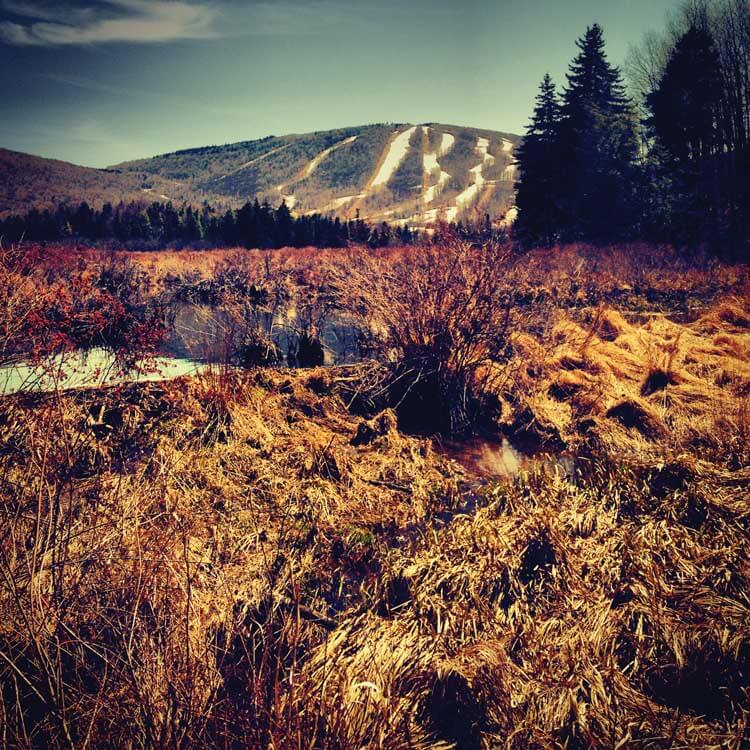
Downs pulled together some money with the help of a silent partner and bought the property. At the time it still belonged to the heirs of a couple who had purchased the land in 1906 and built a farmstead there. He named his new development Timberline after he saw a brand of aftershave with that name—he liked the ring of it. His mother, an artist, designed the logo, and it’s still being used by the resort today.
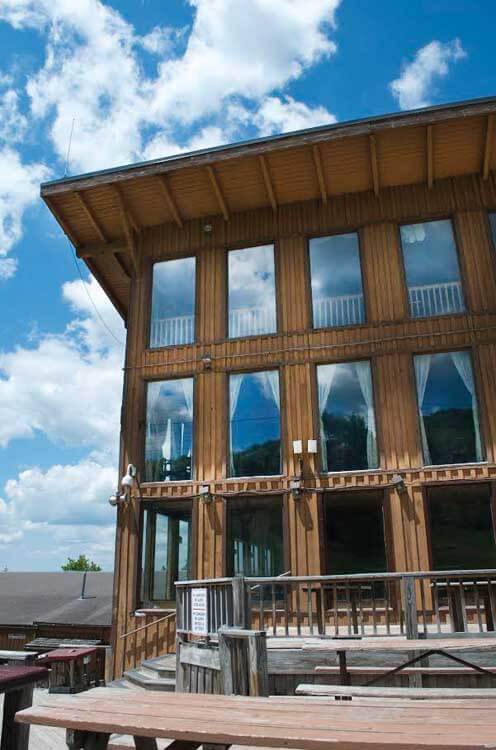
Originally his idea was simple. Downs would form a community in the valley and sell off five-acre lots to people interested in vacation homes or wanting to live there year-round. He also set aside 500 acres in the center of the community to form a nature conservancy. “We wanted it to be a nature-oriented community,” he says. That conservancy is still intact today, complete with two lakes and walking trails that connect with Dolly Sods and the Canaan Valley Wildlife Refuge. Shoenfeld says the conservancy is one of the best-loved features of Old Timberline. “You can get out and really be in the wilderness, right in your backyard,” she says.
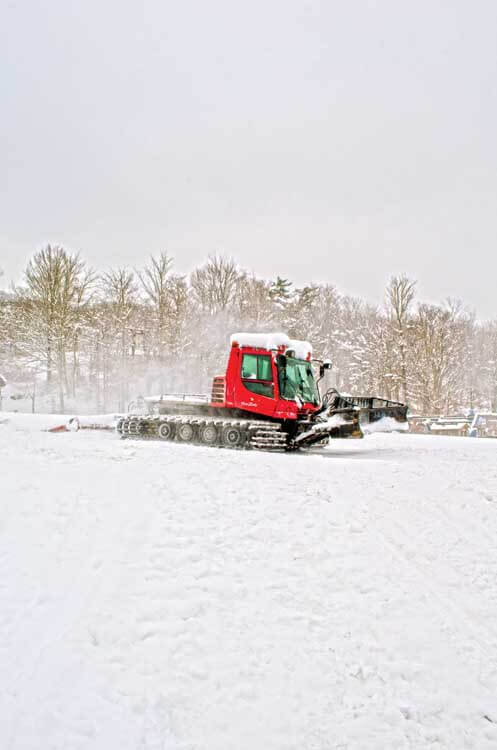
That proximity to nature is one reason the Old Timberline community has remained popular for the past three decades. Today Timberline is divided into more than 450 lots, and all but 90 of those have homes on them—some are full-time residences, and many are vacation homes. “We have all kinds,” Shoenfeld says. “There are some people who live here full-time, and some people who rent their houses through Realtors. There are some people who come up for weekends, some people who come up just to ski.” A lot of people seem to do what Shoenfeld and her husband did—they bought a home at Old Timberline years ago and spent years commuting there as many weekends as they could. They finally moved in for good when they retired. “This is a really wonderful place to be and to live,” she says.
New Timberline
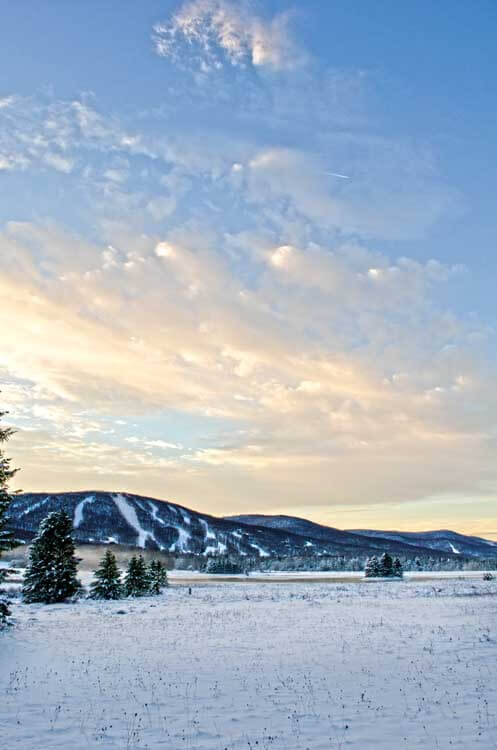
Not long after he started development on his real estate project at Old Timberline, Downs’ ambitions ballooned. He started eyeing the north face of a mountain on his property, Cabin Mountain—it didn’t get direct sunlight, so snow lingered longer there than most other places. This mountain had a 1,000-foot vertical drop—that’s a critical metric in the world of ski resorts, and 1,000 feet is a respectable vertical drop for a resort on the East Coast. It’s longer than the vertical drop at Canaan, which comes in at 850 feet. Downs didn’t want to compete with Canaan, but he thought that more options for skiers in the valley could only help everybody. “I didn’t think of it as competing—the whole idea was that they would complement each other,” he says. “I knew the ski market and knew that instead of having X number of skiers come in to go to Canaan, we could have twice as many come, and maybe they would go to both places. I don’t think we even would have done this if that weren’t the case.”
The ski resort opened in 1982 with a bar, small lodge, ski trails, and a simple ski lift. In that first season Downs says they brought in some 5,000 people. But opening a new ski resort is complicated—making snow requires a steady water supply, for example, which the mountain didn’t have—and expensive. Within two years Downs found himself out of his depth and sold the resort section of Timberline to Frederick Reichle, a Philadelphia surgeon who had come to check out land for a camp for scouts. Reichle has owned Timberline Four Seasons Resort ever since.

In the years since Timberline changed hands, it’s come into its own as a resort. There are now 39 ski slopes on the mountain, each equipped with snowmaking equipment—which means a steady supply of snow all winter long. And it has become known for its glade skiing—that’s skiing that happens not on wide trails cut into the mountain, but instead on the wooded areas in between them. “You can go into the mountains and ski and make your own trail,” says Bobby Snyder, the director of Timberline’s ski school. “People love that because they feel like they’re out in the wilderness a little bit instead of on the groomed trail.” Most mountains are too rocky or bushy to allow much glade skiing, but Timberline doesn’t have that problem. Snyder says 80 percent of the mountain is open for it.
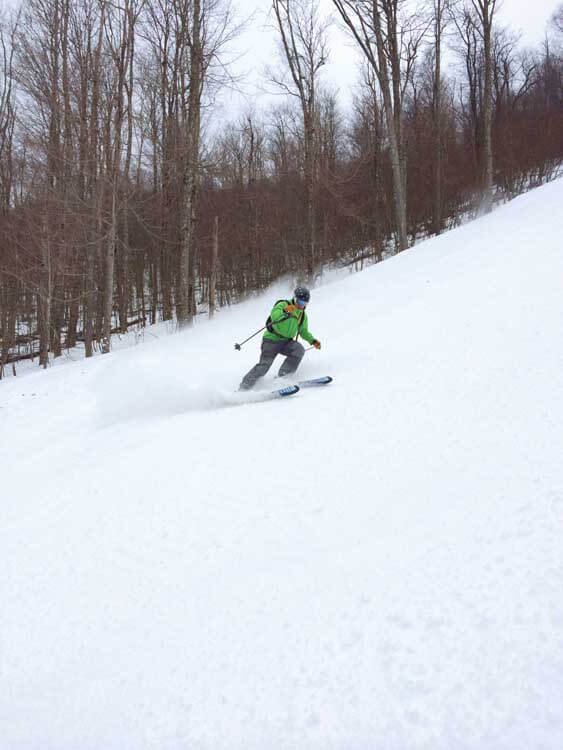
It’s not all about skiing, though. During warmer months Timberline is open to bicycles—mountain bikers can catch a ride to the top of the mountain on the ski lift and work their way back down the mountain, while crosscountry cyclers have 10 miles of wooded trails at their disposal. There’s also horseback riding at Timberline Stables, and a new zipline called Timber Zips—the line is 1,000 feet long and more than 50 feet high. Plus, Timberline is really close to a lot of other great outdoor adventure spots—you can hike at Dolly Sods or white water raft on the Blackwater River. It’s also near the small towns of Davis and Thomas, which have become charming little artists’ communities. Both towns are dotted with locally owned restaurants, breweries, and retail shops. Like Timberline itself, they have a lot of character. “We like it because it’s all these different owners—different people come up with different restaurants and little shops,” Snyder says. “We’re not like Disneyland on top of a mountain, where everything is owned by the resort and self-contained, and we like it that way.”
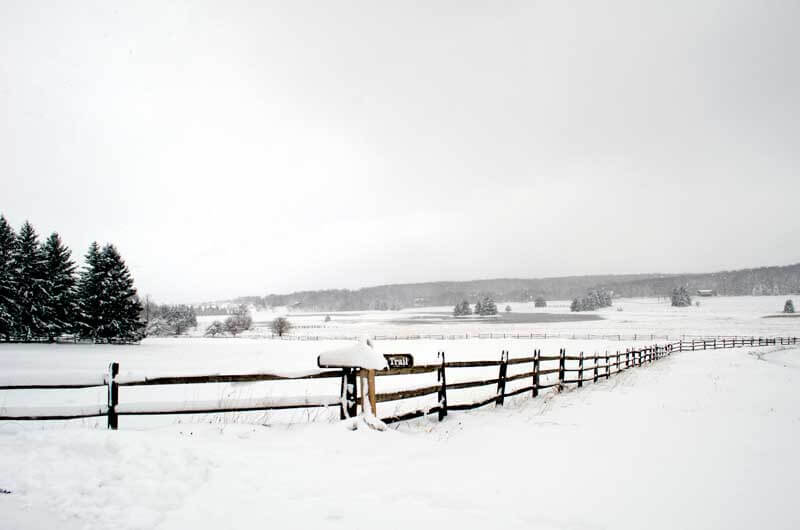
Snyder moved to the Canaan Valley in 1977, when he and his wife saw an ad in the paper advertising free skiing for people willing to be waiters there. “I said, ‘Why don’t we go up there in the winter and we’ll be waiters and waitresses and then we’ll figure out what to do with the rest of our lives,'” he says. “Well, we’re still trying to figure out what to do with the rest of our lives.”
written by Shay Maunz
photographed by Nikki Bowman Mills





